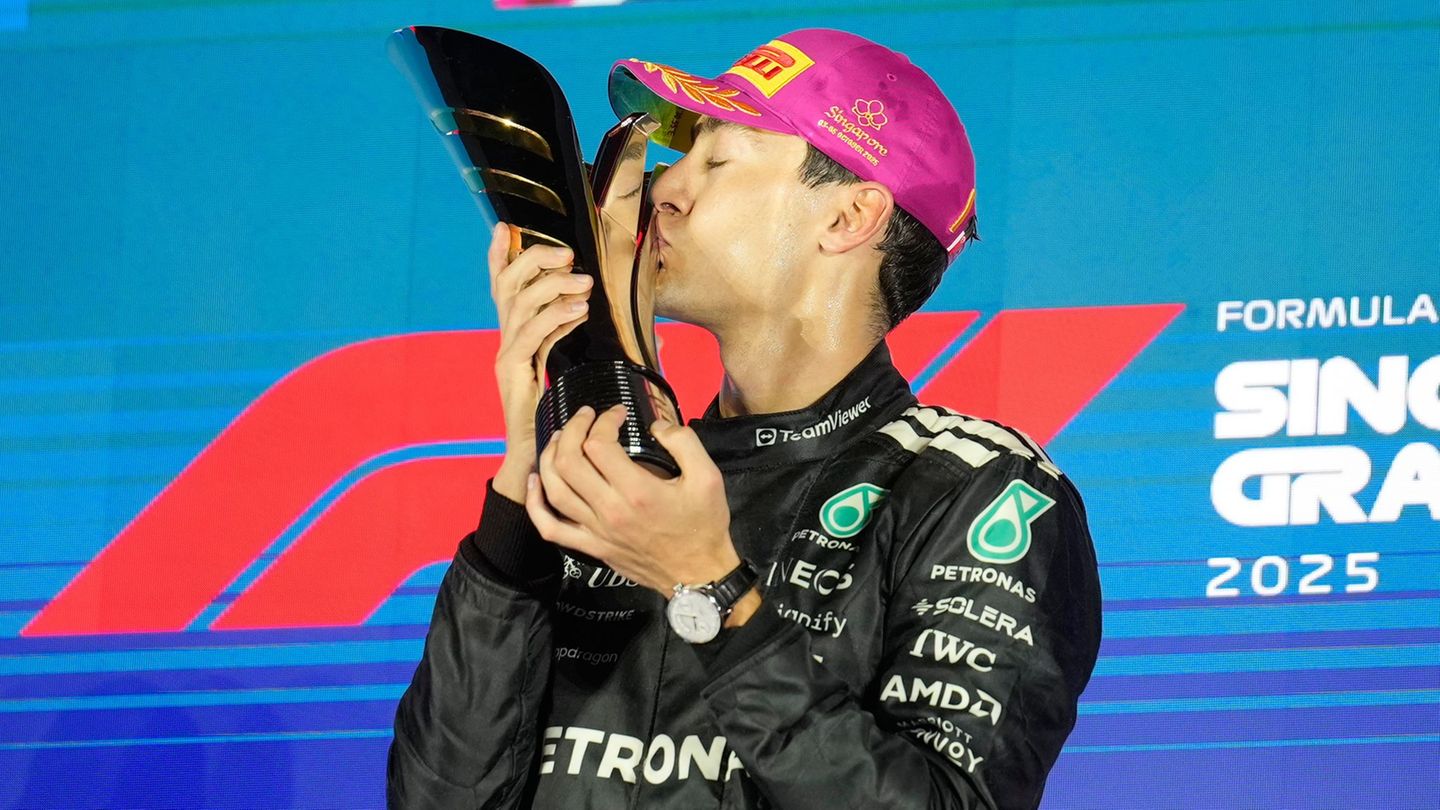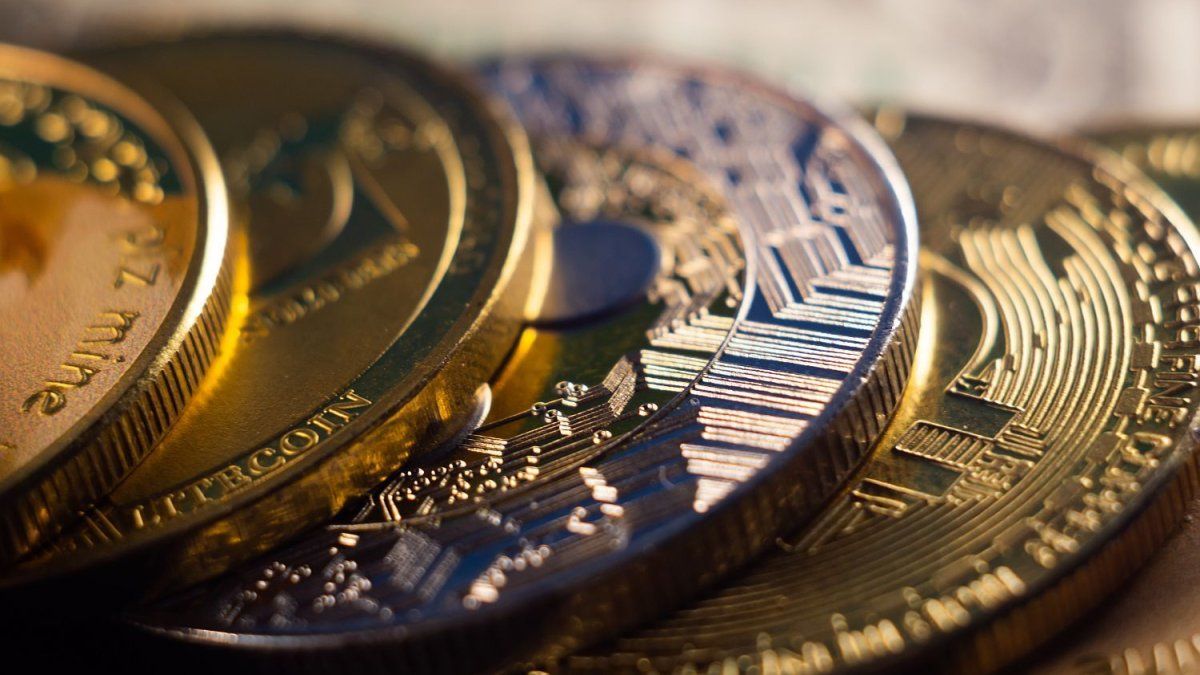Today, Friday, there are 100 days left until the National Council elections in the autumn. Shortly after the EU elections, the country is heading towards the climax of this year’s super election year. A new edition of the turquoise-green government coalition after the National Council elections is considered unlikely, especially because according to polls, the ÖVP and the Greens are unlikely to have a majority.
- More on the subject: Non-voters are the biggest “party”: The process of recruiting the refusers begins
Signature collection starts on July 9
The “deadline” for the National Council election was set for July 9. Various deadlines start on this day: The parties not represented in parliament can start collecting the declarations of support required to run. To run across Austria, they must persuade at least 2,600 eligible voters – correctly distributed across the states – to sign at the municipal office or the magistrate’s office by August 2. In addition, the deadline is when the counter for the statutory upper limit on campaign costs begins to run for all parties. In the two and a half months up to election day, the parties are allowed to spend a maximum of 8.66 million euros each. The intensive election campaign will take place after the holiday season in September.
This poll is disabled
Please activate the category Targeting cookies in your cookie settings to display this element. My cookie settings
According to surveys, the FPÖ is the clear favorite for first place, having become the strongest party in a nationwide election for the first time in the EU elections just two weeks ago. However, in the test election, the ÖVP and SPÖ came in just behind, which is why they see a duel or a three-way battle coming.
More color
The National Council could certainly become more diverse after the election if the number of factions increases from the current five to six or more. Opinion researchers say the Communists and the Beer Party have the best chances of getting into parliament. A list of former Green Party leader Madeleine Petrovic and lesser-known small parties such as the “SERVUS Party”, “Der Wandel”, “Die Gelben”, the “Unabhängigen Österreichs (DUO)” or the “Democratic Alternative” also want to collect declarations of support for a candidacy.
The ÖVP and the Greens emerged as winners from the last National Council election five years ago: the People’s Party, under party leader Sebastian Kurz, was by far the strongest party with 37.46 percent, while the SPÖ under Pamela Rendi-Wagner achieved its worst result in history and the FPÖ also suffered heavy losses after Ibiza-gate. The Greens celebrated a comeback with 13.9 percent after being thrown out of the National Council two years earlier.
Continuation of the coalition unlikely
The first turquoise-green government managed to remain in office for the full legislative period despite numerous turbulences – most notably the resignation of Sebastian Kurz as Federal Chancellor following investigations by the Economic and Corruption Prosecutor’s Office in 2021. A continuation of the coalition is nevertheless considered unlikely in view of the poll results. In terms of atmosphere, too, the desire on both sides to continue cooperation seems limited, especially since the recent dispute over the solo action of the Green Environment Minister Leonore Gewessler at EU level.
- Also read: Leonore Gewessler: The Boundless
- The end of a marriage without passion
This year’s super election year will be decided in the autumn, when the state elections in Vorarlberg (October 13) and those in Styria (probably in November) are still pending.
My themes
For your bookmarked topics
new articles found.
info By clicking on the icon you add the keyword to your topics.
info
By clicking on the icon you open your “my topics” page. You have of 15 keywords saved and would have to remove keywords.
info By clicking on the icon you remove the keyword from your topics.
Add the topic to your topics.
Source: Nachrichten




